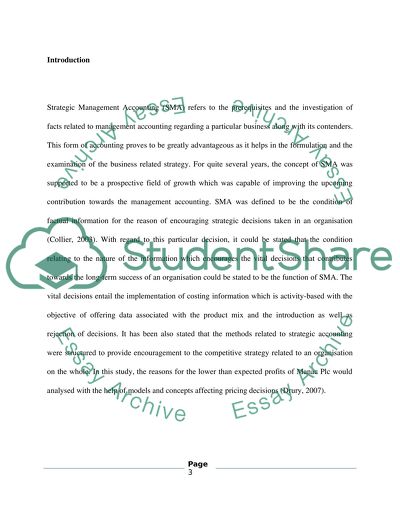Cite this document
(“Strategic Management Accounting: the reasons for the lower than Essay”, n.d.)
Retrieved from https://studentshare.org/finance-accounting/1394358-strategic-management-accounting
Retrieved from https://studentshare.org/finance-accounting/1394358-strategic-management-accounting
(Strategic Management Accounting: The Reasons for the Lower Than Essay)
https://studentshare.org/finance-accounting/1394358-strategic-management-accounting.
https://studentshare.org/finance-accounting/1394358-strategic-management-accounting.
“Strategic Management Accounting: The Reasons for the Lower Than Essay”, n.d. https://studentshare.org/finance-accounting/1394358-strategic-management-accounting.


